Introduction: The High Cost of Believing Plumbing Maintenance Myths
Everyone wants their plumbing to work flawlessly, but between old wives’ tales and advice from well-meaning friends, it’s easy to fall for myths that actually do more harm than good. These misconceptions can lead to neglected maintenance, expensive repairs, wasted water, and even property damage. In the world of plumbing, what you don’t know—or what you think you know—can indeed hurt your wallet. In this comprehensive post, we’ll expose the most persistent plumbing maintenance myths that are costing homeowners and property managers real money. You’ll learn which habits to break, what practices actually work, and how to maintain your plumbing system for maximum efficiency, longevity, and savings. Whether you’re a DIY enthusiast or simply want to make smarter decisions about your home’s infrastructure, these expert-backed insights will empower you to act with confidence and avoid costly missteps.
Myth #1: “If It’s Not Leaking, It Doesn’t Need Attention”
Why This Myth Persists
Many homeowners believe that as long as their pipes aren’t visibly leaking, there’s no need for proactive maintenance. This hands-off approach is rooted in the idea that plumbing is a ‘set-and-forget’ system.
The Costly Truth
Plumbing systems age and develop hidden problems long before leaks appear—think mineral buildup, slow corrosion, and minor joint drips that go undetected. Waiting until leaks are visible can result in water damage, mold growth, and significantly higher repair costs. Proactive inspection and routine maintenance (at least once a year) can identify weak points before they escalate.
What to Do Instead
- Schedule an annual plumbing checkup, including inspecting under sinks and behind appliances.
- Look for signs of moisture, rust, or mineral buildup around joints and valves.
- Check your water meter for silent leaks by monitoring usage when all fixtures are off.
Myth #2: “Chemical Drain Cleaners Are Safe for Regular Use”
Why This Myth Persists
Heavily advertised, over-the-counter drain cleaners promise an easy solution to clogs. Many believe that regular use will keep pipes clear.
The Costly Truth
Chemical drain cleaners can damage both metal and plastic pipes, corroding them over time and leading to leaks or catastrophic failures. They also mask the underlying causes of blockages, which may require more thorough cleaning or repair.
What to Do Instead
- Use mechanical methods like a drain snake or plunger to clear clogs.
- Prevent blockages by installing drain screens and avoiding pouring grease or coffee grounds down sinks.
- If you suspect recurring clogs, have your pipes professionally inspected.
Myth #3: “All Faucet Drips Are Harmless”
Why This Myth Persists
A dripping faucet may seem like a minor annoyance, especially if the sound can be muted or ignored.
The Costly Truth
Even a slow drip can waste hundreds of gallons of water a year, driving up utility bills and accelerating wear on fixtures. Over time, the persistent moisture also encourages mineral deposits and corrosion.
What to Do Instead
- Repair dripping faucets promptly. Most fixes require only a new washer or cartridge.
- Check for leaks at the base and under the sink, not just at the spout.
- Install aerators to reduce water flow and save money on utilities.
Myth #4: “It’s Fine to Flush Wet Wipes and Hygiene Products”
Why This Myth Persists
Packaging labeled “flushable” leads consumers to believe these items will break down like toilet paper.
The Costly Truth
Most wipes, feminine hygiene products, and even some thick toilet papers do not disintegrate quickly, leading to pipe blockages, sewer backups, and costly professional cleanouts.
What to Do Instead
- Only flush toilet paper and human waste—nothing else.
- Provide a covered waste bin in bathrooms to encourage proper disposal.
- Educate household members about what belongs in the toilet.
Myth #5: “Garbage Disposals Can Handle Anything”
Why This Myth Persists
Many believe that garbage disposals are indestructible and can grind up all food waste.
The Costly Truth
Fibrous foods (like celery), coffee grounds, grease, and bones can jam or dull disposal blades, cause clogs, and even damage the motor. Repairs or replacements can be expensive.
What to Do Instead
- Only put small, soft food scraps down the disposal.
- Never pour grease, oil, or fats down the drain.
- Run cold water while operating the disposal to help flush debris.
Myth #6: “Low Water Pressure Means You Need Bigger Pipes”
Why This Myth Persists
It seems logical that increasing pipe diameter will boost water flow.
The Costly Truth
Low water pressure is often caused by mineral deposits, partially closed valves, or failing pressure regulators—not pipe size. Replacing pipes unnecessarily is expensive and disruptive.
What to Do Instead
- Check for clogged aerators and showerheads; clean or replace as needed.
- Inspect your main shutoff and pressure regulator for proper operation.
- If issues persist, have a plumber assess for hidden leaks or blockages.
Myth #7: “Hot Water Maintains Itself—Just Set and Forget”
Why This Myth Persists
Water heaters are often installed in out-of-the-way places, making them easy to ignore until problems arise.
The Costly Truth
Neglecting water heater maintenance leads to sediment buildup, reduced efficiency, higher energy bills, and shortened appliance lifespan. Leaks or failures can cause significant water damage.
What to Do Instead
- Flush your water heater at least once a year to remove sediment.
- Test the pressure relief valve annually.
- Set the thermostat to 120°F (49°C) to prevent scalding and save energy.
Myth #8: “DIY Fixes Are Always Cheaper Than Calling a Pro”
Why This Myth Persists
Online tutorials and home improvement shows make plumbing repairs seem simple and risk-free.
The Costly Truth
Incorrect installations or repairs can lead to leaks, code violations, and expensive water damage. Insurance may not cover DIY mistakes, and improper fixes can cost more to remedy than hiring a professional from the start.
What to Do Instead
- Know your skill limits—attempt only minor repairs you’re confident about.
- Use proper tools and always turn off water before starting work.
- For major work (e.g., pipe replacements, gas lines), hire a licensed plumber.
Myth #9: “Bleach Tablets Keep Your Toilet Clean and Problem-Free”
Why This Myth Persists
Drop-in bleach tablets are marketed as a low-effort way to maintain a sparkling toilet.
The Costly Truth
Extended exposure to bleach can degrade rubber flappers, seals, and other toilet components, leading to leaks and malfunction. Repairs may require replacing internal components or even the whole toilet.
What to Do Instead
- Clean your toilet with a brush and bathroom-safe cleaner weekly.
- Inspect tank components periodically for wear or discoloration.
- Avoid using harsh chemicals in the tank; if needed, use them sparingly and rinse thoroughly.
Myth #10: “Turning Faucets Off Tightly Prevents Drips”
Why This Myth Persists
It’s a common belief that cranking handles as tight as possible will stop leaks for good.
The Costly Truth
Over-tightening can damage faucet washers, threads, and seals, causing leaks to worsen over time. It may also make future repairs more difficult.
What to Do Instead
- Turn faucets off until water stops—do not force beyond this point.
- If a faucet continues to drip, replace the washer or cartridge.
- Lubricate threads and inspect handles for wear during routine maintenance.
Bonus: How to Build a Cost-Effective Plumbing Maintenance Routine
Annual Plumbing Checklist
- Inspect all visible pipes for corrosion, leaks, and moisture.
- Test shutoff valves to ensure they move freely and seal completely.
- Flush water heater and test pressure relief valve.
- Clean faucet aerators and showerheads to remove mineral buildup.
- Check toilet tanks for silent leaks.
- Monitor water meter for unexpected usage spikes.
- Review your insurance policy for plumbing-related coverage limits.
Monthly Plumbing Quick-Checks
- Scan under sinks and around appliances for signs of leaks.
- Listen for unusual noises (e.g., banging, hissing, or gurgling) in pipes.
- Test drains for slow flow and address minor clogs early.
Conclusion: Save Money by Ditching Myths and Embracing Proven Plumbing Practices
Believing common plumbing maintenance myths can lead to a cascade of preventable problems: wasted water, high utility bills, premature equipment failure, and even costly property damage. The truth is, adopting a few straightforward, evidence-based habits can dramatically extend the life and reliability of your plumbing system while protecting your home and wallet. Whether it’s ditching chemical drain cleaners, addressing leaks early, or knowing when to call in a professional, each step you take away from myth-driven decisions is a step toward lasting savings and peace of mind. Remember, plumbing is one of your home’s most critical systems—treating it with proactive care pays off in lower costs, fewer emergencies, and a healthier, more comfortable living environment. By staying informed and following the expert-backed strategies outlined here, you can avoid expensive surprises and become a truly empowered homeowner or property manager. Say goodbye to costly misconceptions, and hello to a smarter, safer approach to plumbing maintenance.
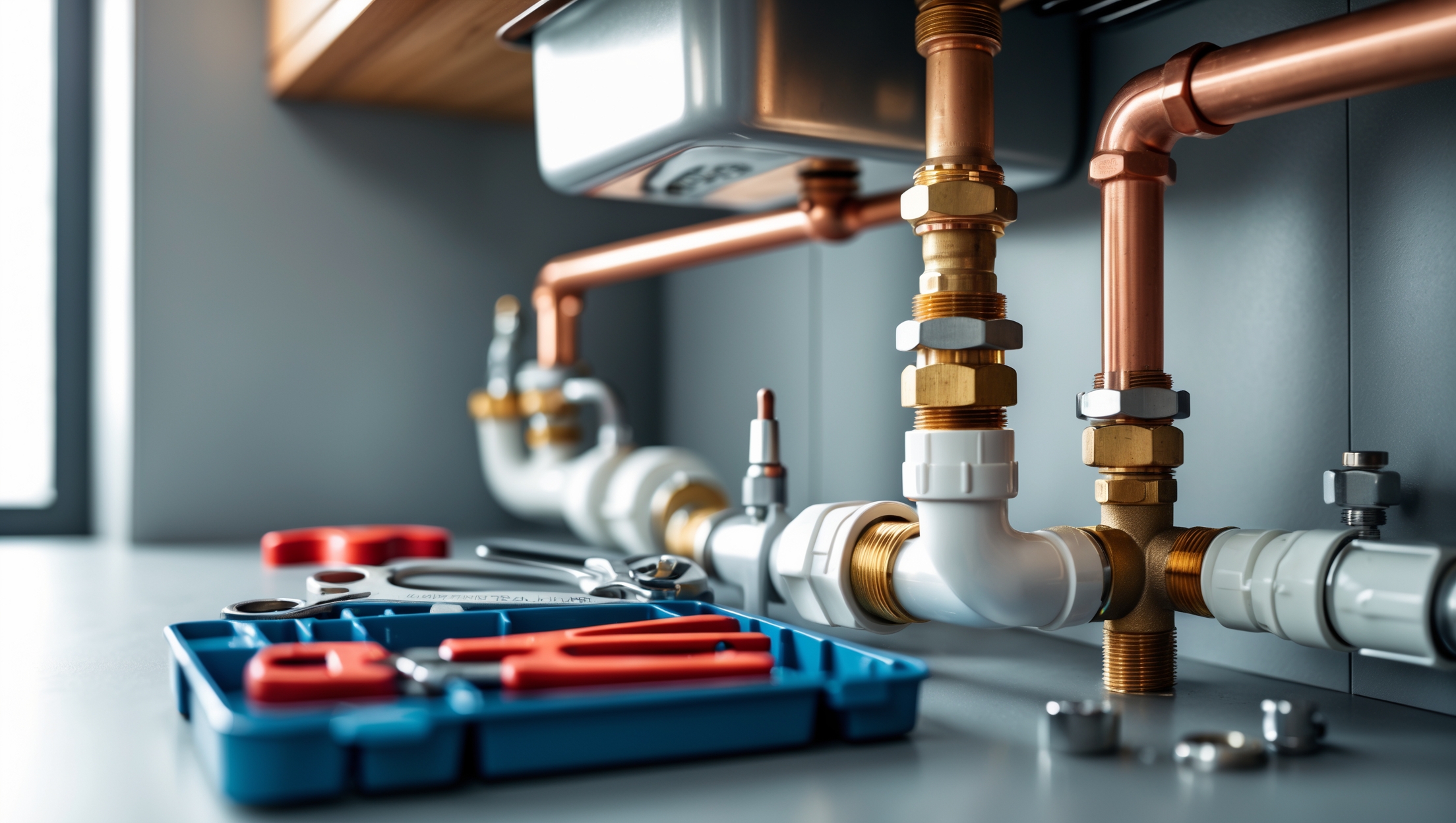

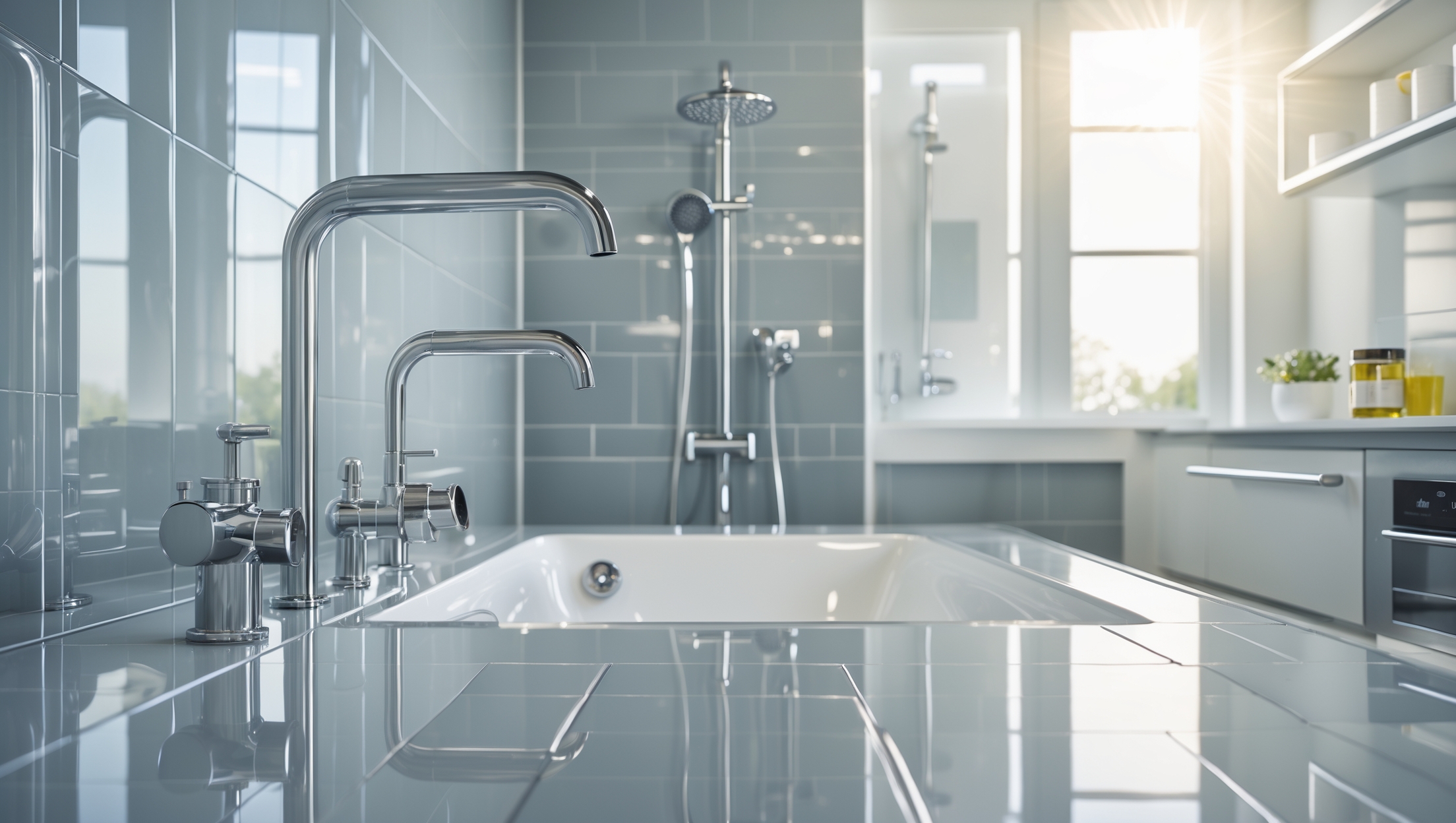

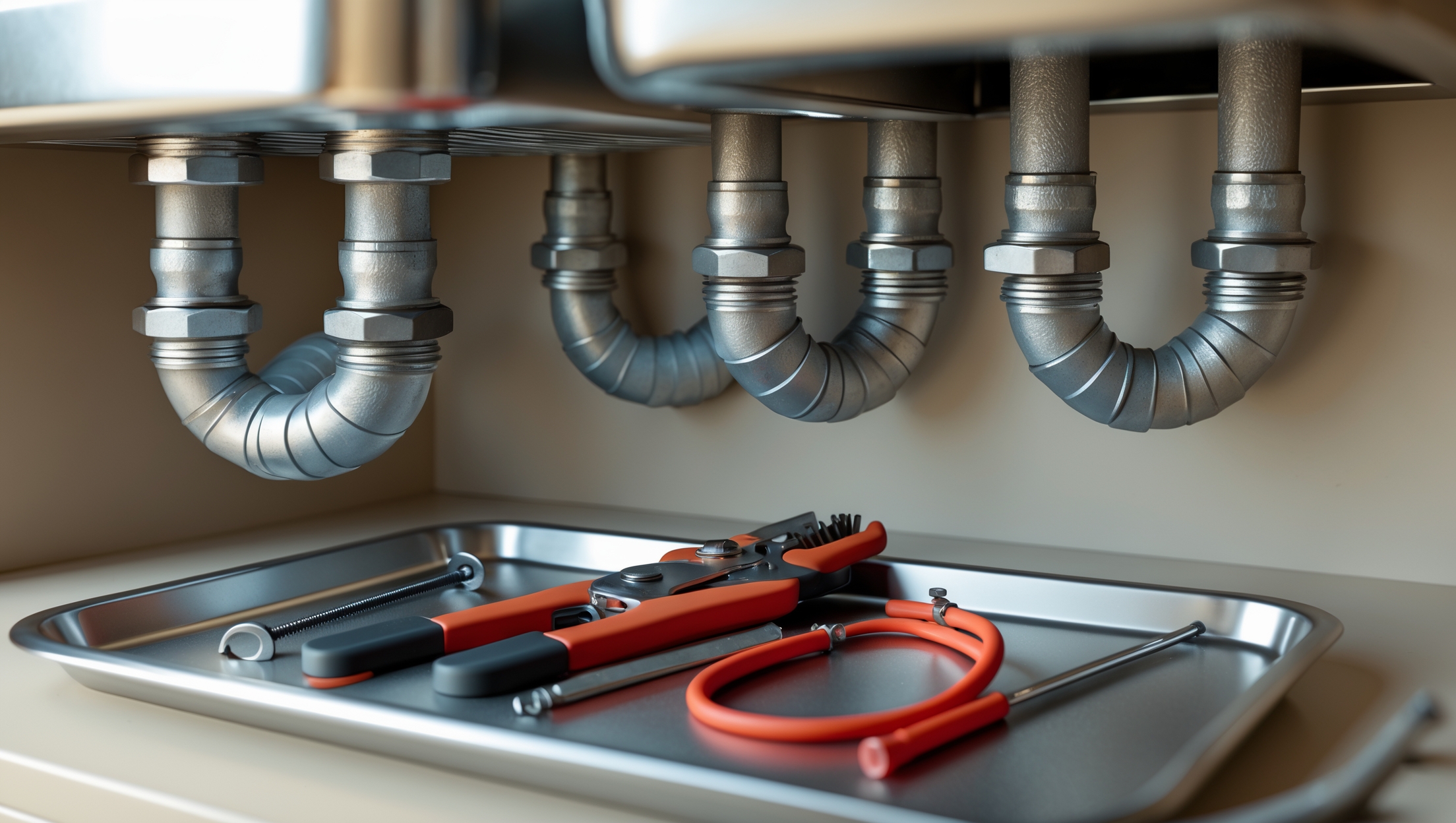
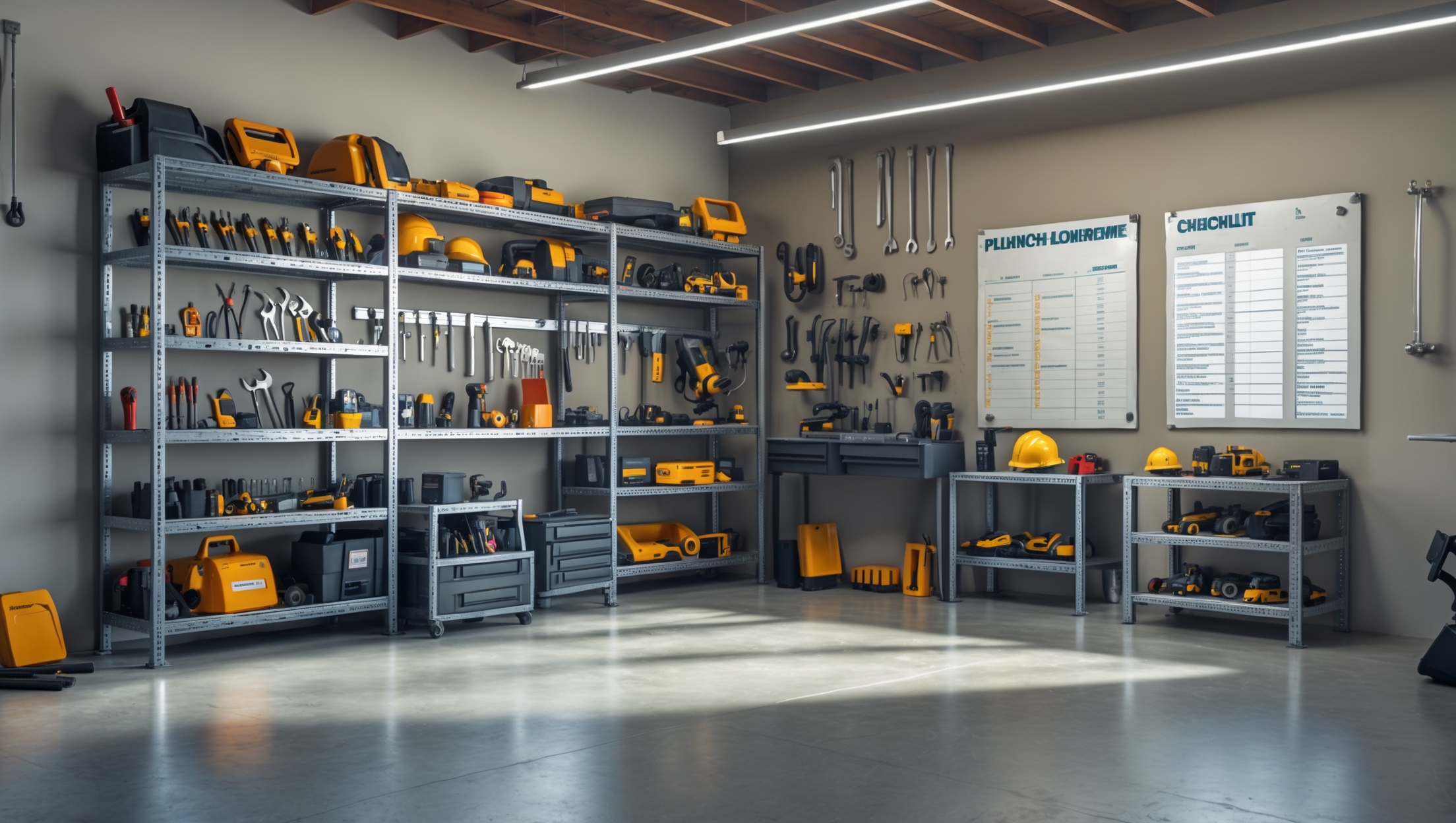


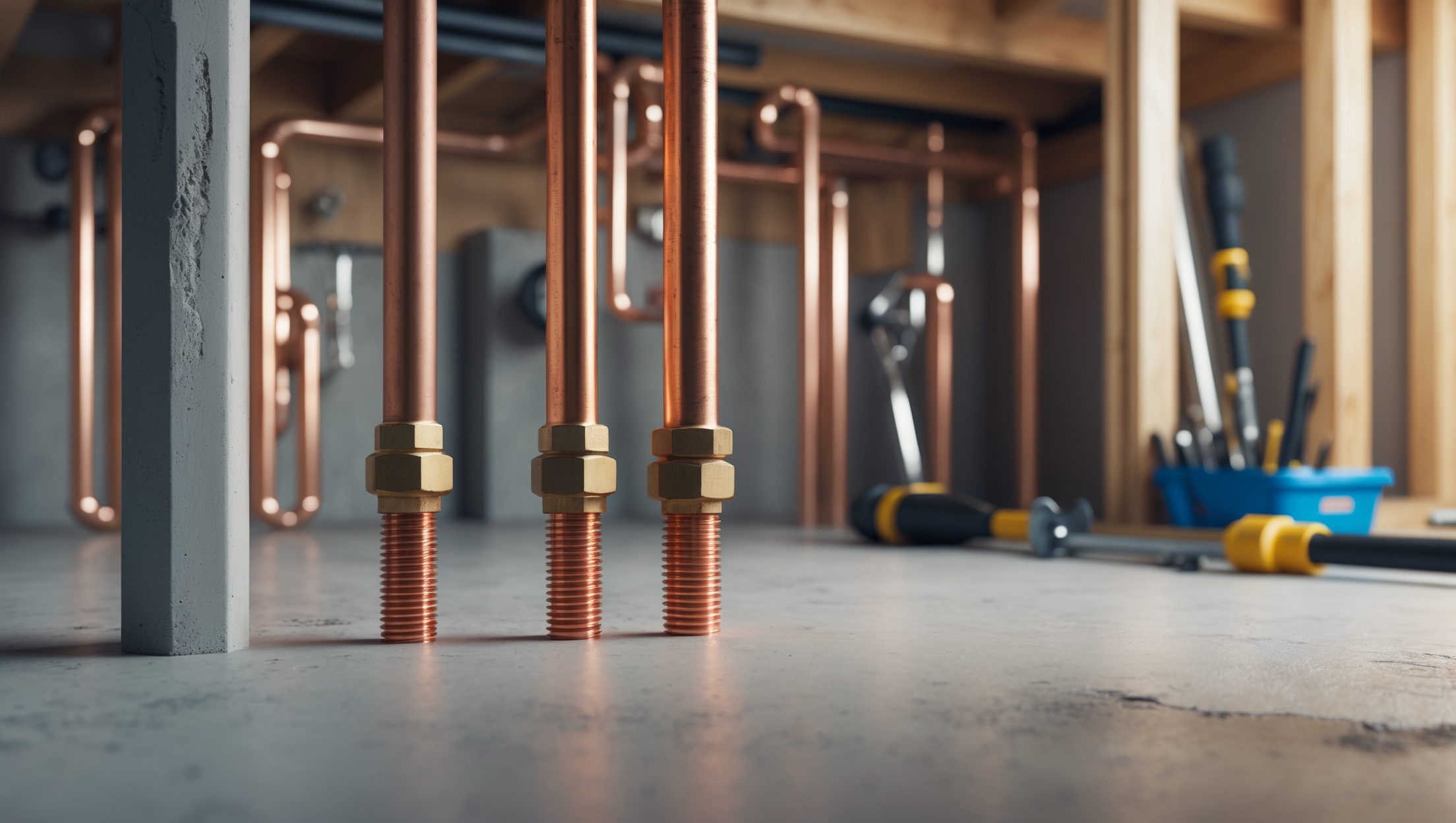
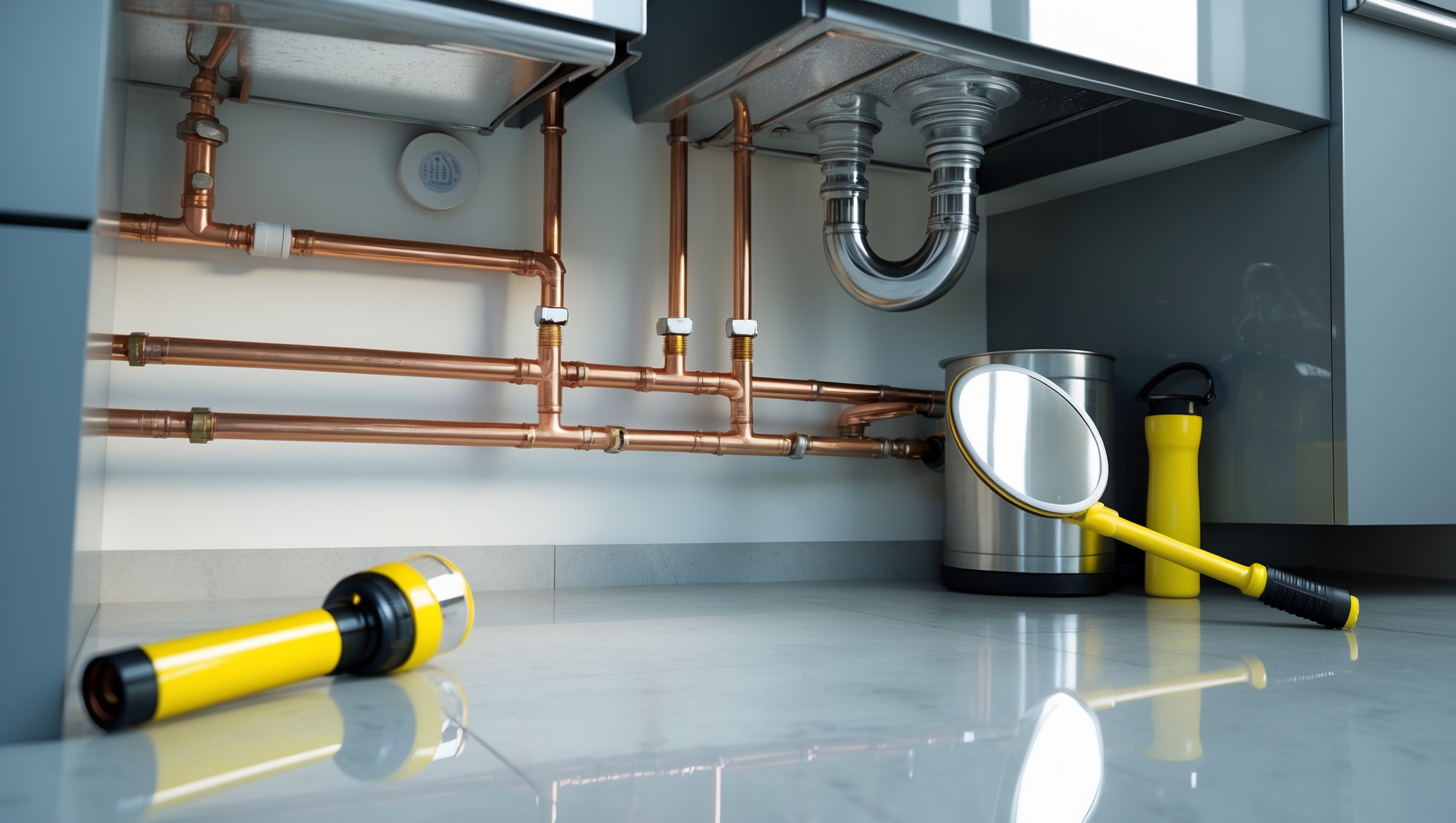
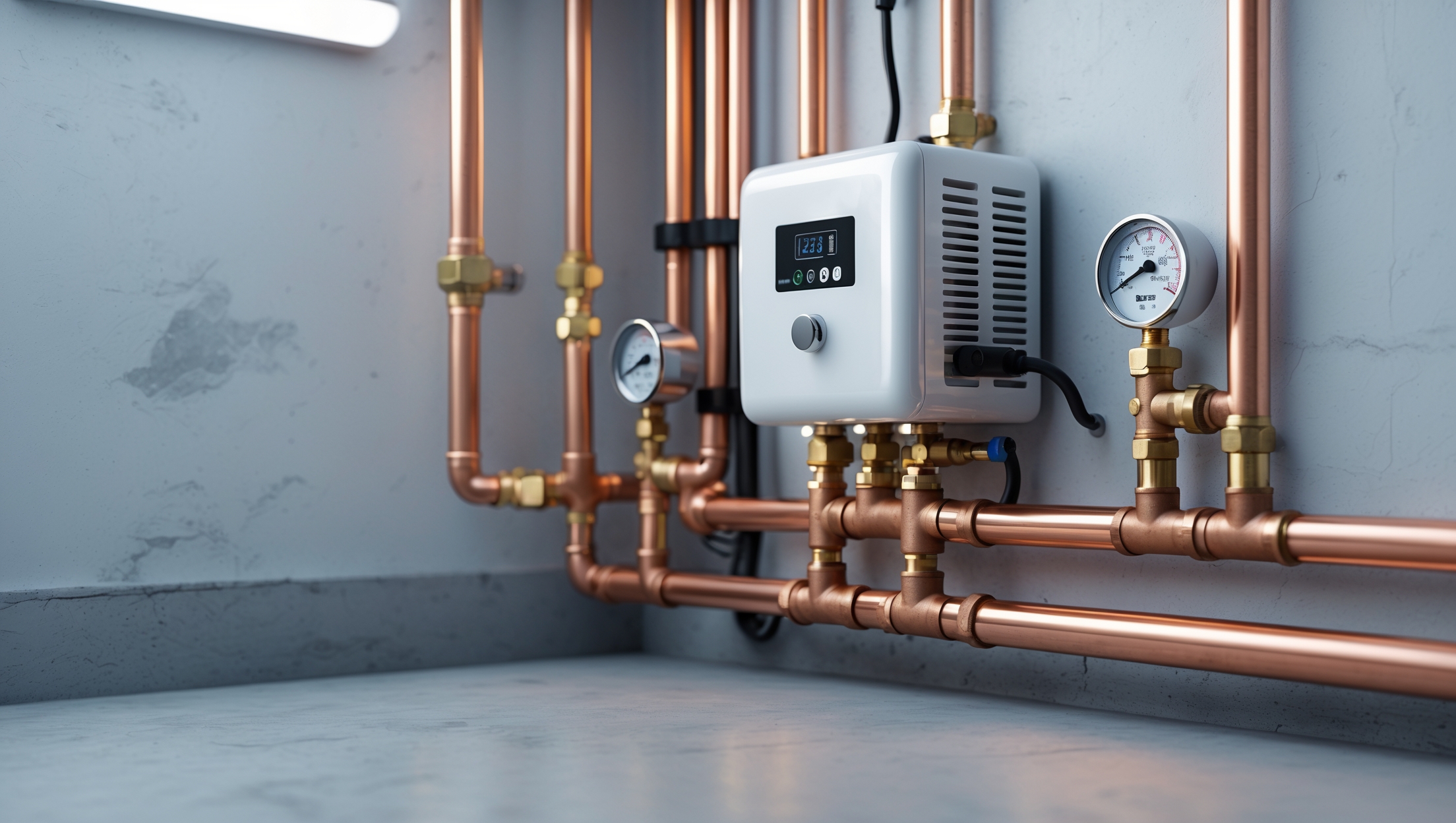
Megan Jackson
I noticed you mentioned scheduling annual plumbing checkups and looking for things like rust and mineral buildup. Are there any specific spots in older homes where hidden issues are most likely to show up, or do I need to check every single pipe?